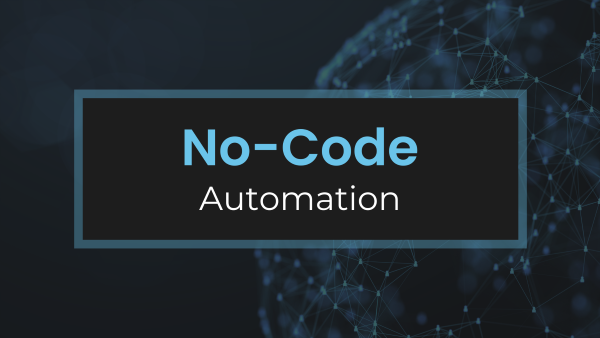Custom software development is a vital part of many businesses in today's technologically driven world. Developing software tailored to specific needs offers several advantages, including increased productivity, cost savings, and improved customer experiences. However, it also presents various challenges that can lead to delays, increased costs, and project failure if not appropriately managed.
Understanding the Challenges
The core challenges in custom software development often revolve around scope management, estimation accuracy, technical complexity, skilled resource availability, and change management.
"The ability to overcome these challenges largely depends on the implementation of best practices, which help to alleviate risks and increase the likelihood of project success."
1. Scope Management
Managing the project scope is a critical aspect of any custom software development project. A common challenge is ‘scope creep', an unprioritized expansion of the project beyond its original objectives due to uncontrolled changes or continuous growth in requirements.
Practice: Prioritize Requirements
To alleviate this risk, prioritize requirements according to their business value and negotiate the less critical ones to maintain the original scope. Regular communication between involved parties and documentation helps control scope creep.
2. Estimation Accuracy
Another common challenge lies in providing accurate estimates for the time and resources required for the development process. Over or under-estimation can lead to unrealistic timelines, budget overruns, and resource allocation issues.
Practice: Empirical Estimations
One recommended best practice is using empirical estimation techniques, which help draw from past experiences and use data for more accurate estimations.
3. Technical Complexity
A project's technical complexity is another common challenge, often exacerbated when dealing with innovative technologies or unchartered domains.
Practice: Use a Modular Approach
The use of a modular approach can help to mitigate this risk. By breaking down the project into smaller, manageable modules, the complexity can be simplified, and issues can be more easily identified and addressed.
4. Skilled Resource Availability
Finding and retaining skilled resources are crucial for the success of a custom software development project, yet this is often a challenge many organizations face.
Practice: Continuous Training
Investing in the continuous training and development of your development team is a best practice that helps alleviate this risk. It also helps in retaining personnel, as it provides them with opportunities for personal growth and job satisfaction.
5. Change Management
Managing changes effectively is another key challenge. Uncontrolled or poorly managed changes can lead to project delays, cost overruns, and decreased quality.
Practice: Implement Effective Change Management Process
An effective change management process allows for the systematic handling of all changes and ensures that all impacts are appropriately assessed and approved.
"Best practices in custom software development not only help to alleviate the risks associated with these challenges, but they also contribute to overall project success, driving efficiency and quality."
In conclusion, understanding these challenges in custom software development and implementing best practices can significantly cut down on project risks, setting the stage for success.









